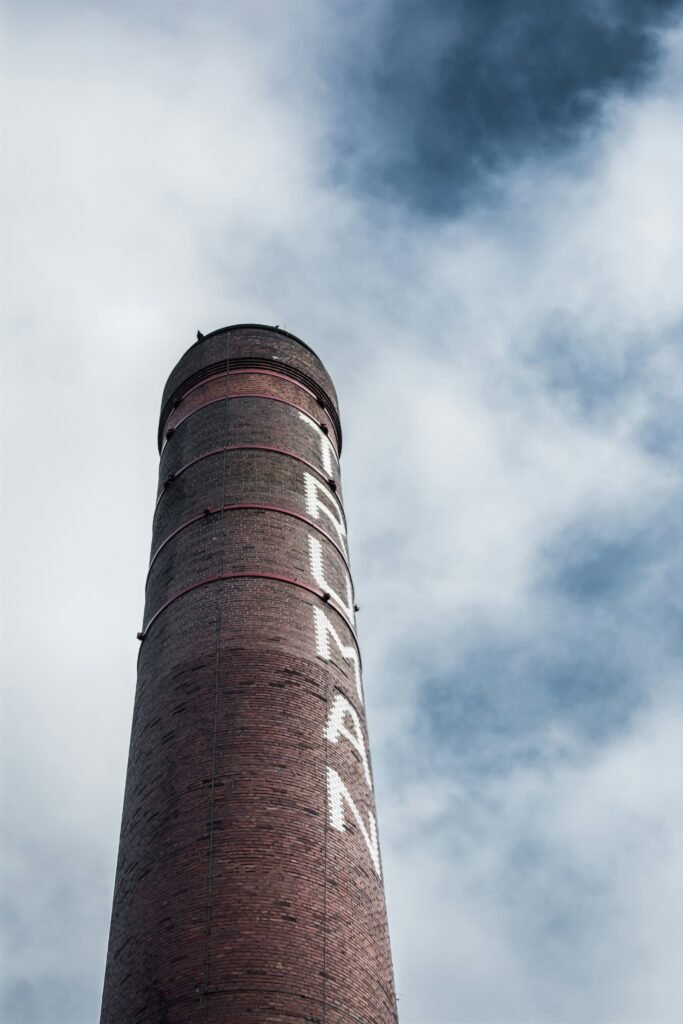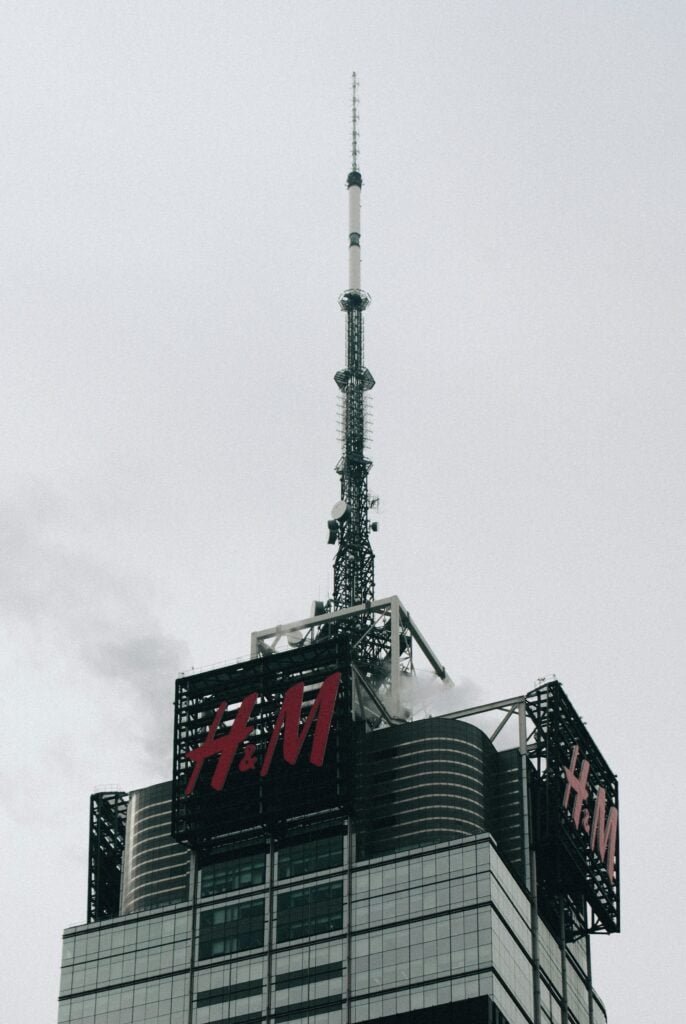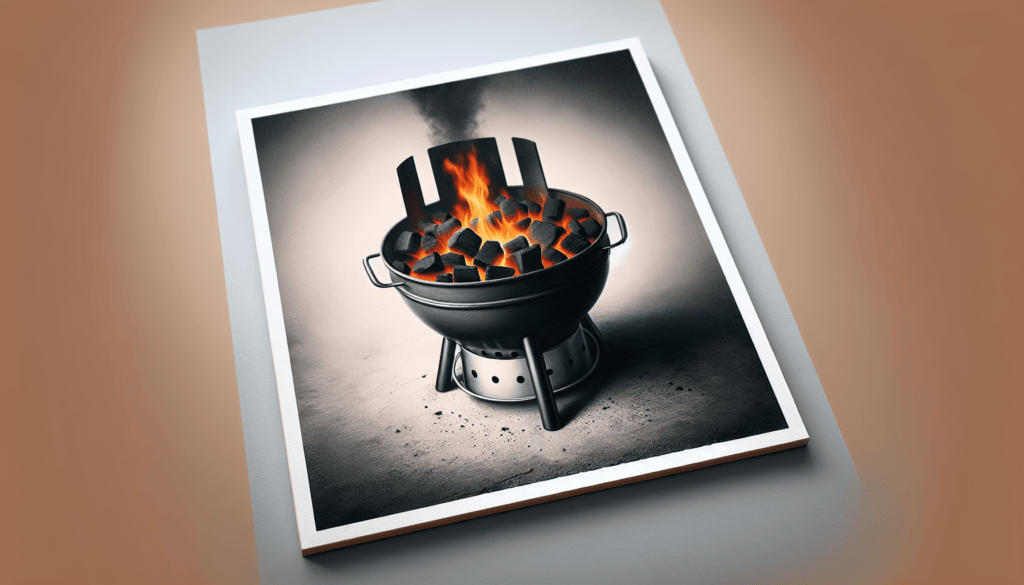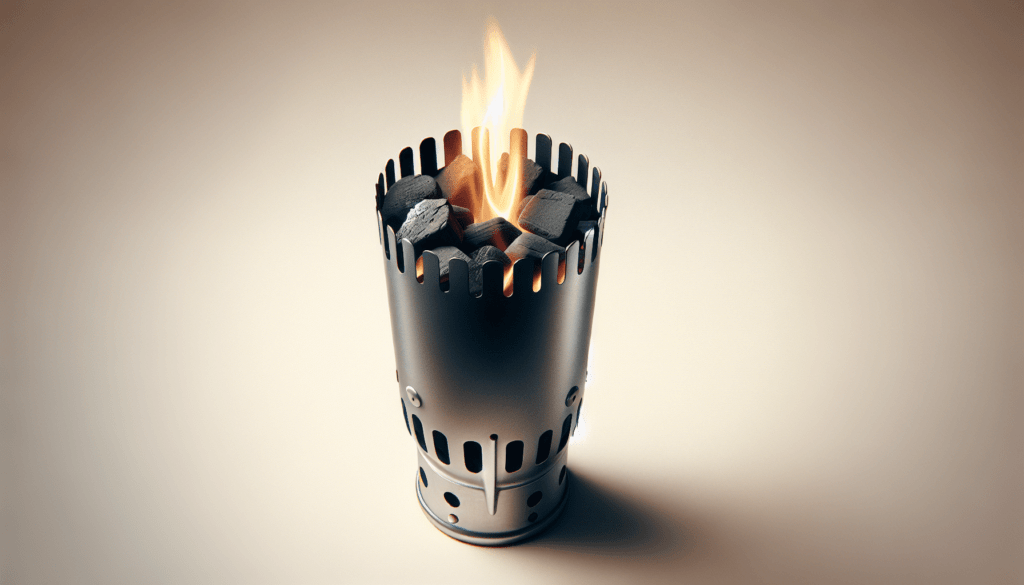Have you ever found yourself struggling to get a charcoal grill up and running, feeling like it takes forever? If so, you’re certainly not alone. Many grilling enthusiasts have faced the same issue and found a handy solution: the charcoal chimney starter. But what exactly is the purpose of a charcoal chimney starter, and how can it transform your grilling experience?
What Is a Charcoal Chimney Starter?
Basic Definition
A charcoal chimney starter is a simple, cylindrical metal device used to ignite charcoal briquettes or lump charcoal more efficiently. It features a grate at the bottom and ventilation holes along the sides, providing the necessary airflow to ignite the charcoal evenly.
Structure and Components
Most charcoal chimney starters are composed of the following key components:
| Component | Description |
|---|---|
| Cylindrical Body | A metal tube where the charcoal is loaded. |
| Grate | Holds the charcoal inside while allowing air circulation. |
| Ventilation Holes | Located along the sides to enable better airflow. |
| Handle and Heat Shield | Designed to allow safe handling of the chimney starter. |
The Purpose of a Charcoal Chimney Starter
Faster Ignition
One of the primary purposes of a charcoal chimney starter is to ignite charcoal more quickly. Since it uses either newspaper or lighter cubes placed underneath the grate, this tool capitalizes on rising heat to light the charcoal more efficiently than other methods. The concentrated airflow helps the charcoal reach optimal cooking temperatures faster, getting you grilling sooner.
Even Heating
Another significant advantage is the even heating it provides. Traditional methods of lighting a charcoal pile can result in uneven heating, leading to hot spots and inconsistent cooking. By gathering the charcoal closely in a well-ventilated chimney, you ensure even ignition and more consistent heat distribution.
Avoidance of Chemical Starters
Using chemical starters can impart an unpleasant odor and taste to your food, not to mention potential health hazards. A charcoal chimney starter eliminates the need for lighter fluid or similar substances, offering a more natural grilling alternative that keeps your food safe and flavorful.

How to Use a Charcoal Chimney Starter
Preparing the Chimney
Fill the Chimney: Load the top section with charcoal. Depending on the size of your grill and the amount of food you are cooking, you can use more or less charcoal.
Add Newspaper: Crumple a couple of sheets of newspaper and place them underneath the grate at the bottom of the chimney. Alternatively, you can use lighter cubes designed for this purpose.
Igniting the Charcoal
Light the Newspaper: Using a long match or lighter, ignite the newspaper through the ventilation holes. Make sure to light it in multiple spots for even ignition.
Wait and Observe: Allow the charcoal to burn for about 10-15 minutes. You’ll know it’s ready when the charcoal at the top turns gray around the edges.
Pouring the Charcoal
Handle with Care: Use heat-resistant gloves to handle the chimney starter safely.
Pour Carefully: Pour the lit charcoal into the grill’s charcoal grate. Spread the charcoal evenly, or create heat zones depending on your cooking needs.
Types of Charcoal for Chimney Starters
Briquettes
Charcoal briquettes are uniform in size and shape, making them an excellent choice for even heating. They are often more accessible and affordable but may contain additives that some purists prefer to avoid.
Lump Charcoal
Lump charcoal is made from pure hardwood and provides a more natural grilling experience. Although it tends to burn hotter and faster, it requires more skill to control the temperature.
| Type | Pros | Cons |
|---|---|---|
| Charcoal Briquettes | Even heating, affordable, accessible | May contain additives, longer to ignite |
| Lump Charcoal | Natural, burns hotter and faster | More expensive, less predictable in heating |

Benefits of Using a Charcoal Chimney Starter
Economical
Using a charcoal chimney starter saves you the cost of constantly buying lighter fluid or other ignition aids. The initial investment in a chimney starter often pays for itself in the long run through these savings.
Safe and Environmentally Friendly
By avoiding chemical starters, you are not only ensuring the safety of your food but also making an environmentally conscious choice. Newspapers and lighter cubes produce fewer harmful emissions compared to lighter fluid.
Enhanced Flavor
The absence of lighter fluid means your food will not bear the unpleasant, chemical taste that sometimes accompanies lighter fluid use. This results in tastier, more enjoyable meals.
Common Mistakes and Troubleshooting
Overloading the Chimney
Filling the chimney over its capacity can lead to poor airflow and ineffective heating. Ensure you’re not overloading it with too much charcoal.
Inadequate Ventilation
If the ventilation holes are blocked or if the chimney is placed in a poorly ventilated area, it won’t perform effectively. Keep the area clear for optimal results.
Impatience
Properly igniting charcoal takes some time. Rushing this process can lead to under-lit coals and insufficient heat for cooking. Be patient and allow the charcoal to reach the right temperature.

Maintenance and Care
Cleaning the Chimney
After each use, let the chimney cool down completely before emptying any remaining ash. Wipe it down with a damp cloth to remove residue. Regular cleaning will extend its life.
Storage
Store your charcoal chimney starter in a dry place to prevent rust and corrosion. If possible, keep it covered when not in use to protect it from the elements.
Recommendations for Best Charcoal Chimney Starters
There are various brands and models on the market, each with unique features. Here are some recommended options:
| Brand | Features | Price Range |
|---|---|---|
| Weber | Built-in heat shield, durable build | $20-$30 |
| Char-Griller | Large capacity, ergonomic handle | $15-$25 |
| Kingsford | Affordable, quick-start design | $10-$20 |
| BBQ Dragon | High-speed airflow, quick ignition | $30-$50 |

Advanced Tips and Techniques
Creating a Two-Zone Fire
For more sophisticated grilling techniques, you can use your chimney starter to create a two-zone fire. Once the charcoal is lit, pour it to one side of the grill to create direct and indirect heat zones. This method is ideal for searing and slow-cooking simultaneously.
Using Wood Chunks
For added flavor, consider placing wood chunks atop the lit charcoal once they’re in the grill. This can impart a smoky flavor to your food, elevating your grilling experience.
Conclusion
In summary, the purpose of a charcoal chimney starter goes beyond merely lighting charcoal. It offers a faster, safer, and more efficient way to start your grill, ensuring even heating and enhancing the overall quality of your food. By investing in a good chimney starter and following the steps outlined in this guide, you’ll be well on your way to a more enjoyable and hassle-free grilling experience. Whether you’re a novice or a seasoned grill master, this tool can make your outdoor cooking sessions not just quicker but infinitely more pleasant. So next time you’re ready to fire up the grill, remember the benefits and convenience a charcoal chimney starter can provide.


